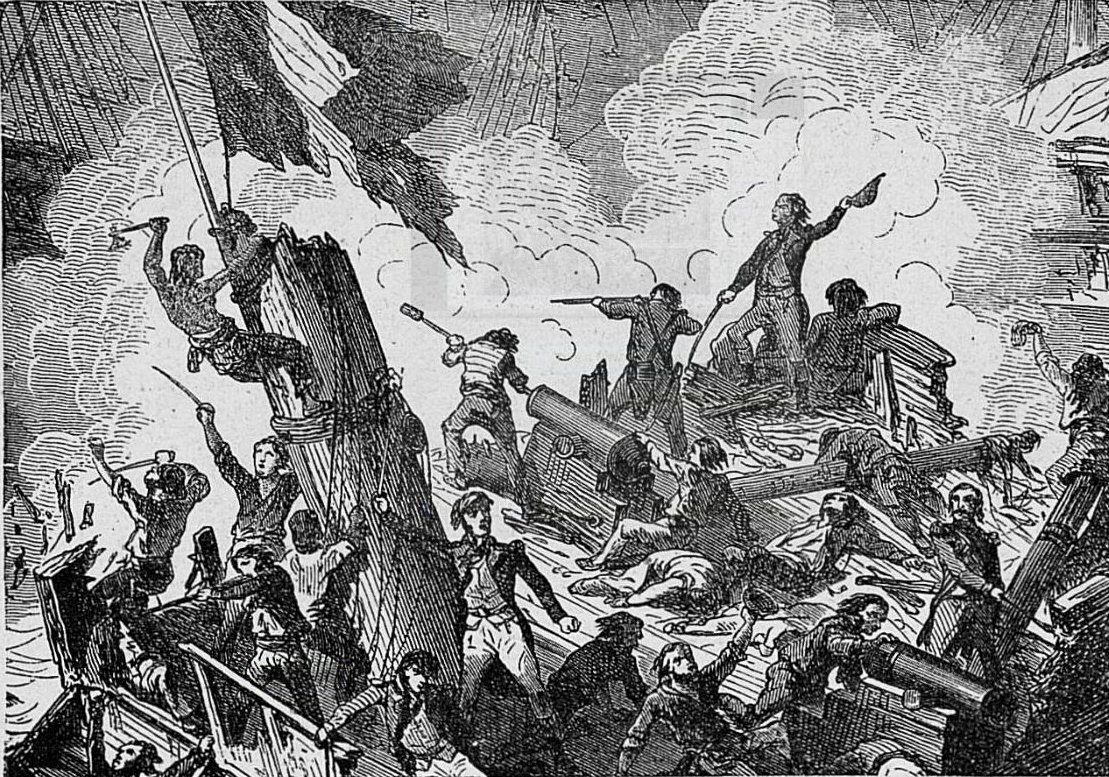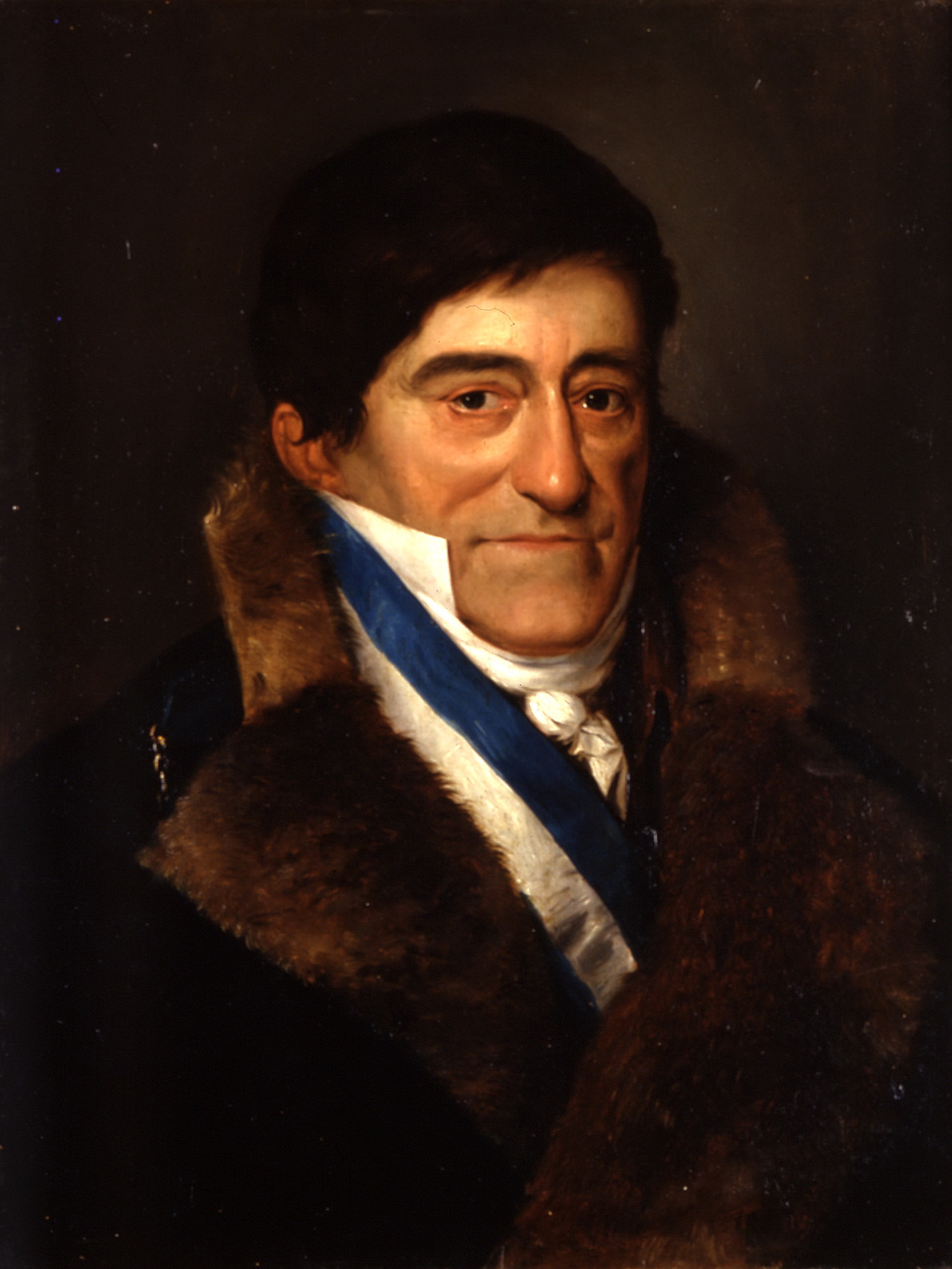|
Cosme Damián Churruca
Cosme Damián de Churruca y Elorza (27 September 1761 – 21 October 1805) was a Basque Spanish noble, admiral of the Royal Spanish Armada, naval scientist and Mayor of Motrico. During the Battle of Trafalgar, he was the commander of the ship of the line ''San Juan Nepomuceno'' which he defended to his death. Biography Churruca was born in Mutriku, he was the fourth son of Francisco de Churruca, mayor of the town. He received his early years education in the Seminary of Burgos, initially thinking of becoming a priest. Then, he entered the School of Bergara where he would become member of Royal Basque Society of Friends of the Country until his death. After finishing his studies, inspired by the adventures of his relative José Antonio de Gaztañeta, he joined the Naval Academy of Cadiz in 1776, and got his degree in the Naval Academy of Ferrol in 1778, becoming a naval officer. In 1781, Churruca, as an officer of the Spanish Navy, performed heroically in a siege of G ... [...More Info...] [...Related Items...] OR: [Wikipedia] [Google] [Baidu] |
Museo Naval De Madrid
The Naval Museum ( es, Museo Naval) is a national museum in Madrid, Spain. It shows the history of the Spanish Navy since the Catholic Monarchs, in the 15th century, up to the present. The displays set naval history in a wide context with information about the history of the Spanish Empire. The collections include navigation instruments, weapons, maps and paintings. The building Its origins date back to a royal decree issued on 28 September 1792, yet it was not until 1843 when the Museum was inaugurated in Madrid, initially housed in the Palacio de los Consejos. It was soon moved to the "Casa del Platero" and then to the "Palacio de los Ministerios", where it remained until 1932. The Ministry of the Navy (Spain), Ministry of the Navy (there used to be a standalone ministerial department for the Navy, fused with those for the Army and the Air Forces in 1977) was provided with a new headquarters in the 1920s, and the museum moved there in 1932. The architects were and . Visitors ... [...More Info...] [...Related Items...] OR: [Wikipedia] [Google] [Baidu] |
Nailing The Colours
Nailing the colours (also nailing the colours to the mast or nailing the flag) is a practice dating back to the Age of Sail that expresses a defiant refusal to surrender, and willingness to fight to the last man. During the Age of Sail, ships would legally fight only while flying their national flag. Flying another flag was considered to be a legitimate ruse de guerre only until the beginning of the fight. Striking the colours was a sign of surrender. Indeed, when shot or shrapnel felled a ship's flag (such as by severing the halyard that held it up), her opponent would cease firing and inquire whether she was capitulating. In contrast, fixing the battle ensign with nails would prevent it from being removed easily, and effectively prevented the surrender. It became an expression of defiance and willingness to force oneself to fight up to the bitter end. The practice became a powerful and recurrent propaganda tool during the French Revolutionary Wars. It actually happened on the ... [...More Info...] [...Related Items...] OR: [Wikipedia] [Google] [Baidu] |
Cape Of Trafalgar
Cape Trafalgar (; es, Cabo Trafalgar ) is a headland in the Province of Cádiz in the southwest of Spain. The 1805 naval Battle of Trafalgar, in which the Royal Navy commanded by Admiral Horatio Nelson decisively defeated Napoleon's combined Spanish and French fleet, took place just off the cape. Cape Trafalgar lies on the shore of the Atlantic Ocean, northwest of the Strait of Gibraltar. The International Hydrographic Organization defines the western limit of the strait and the Mediterranean Sea as a line that joins Cape Trafalgar to the north with Cape Spartel to the south. The most prominent structure on the cape is a lighthouse (totaling 51 metres or 167 feet above sea level), the ', which was first illuminated on 15 July 1862. Etymology The name is of Arabic origin, deriving either from ''Taraf al-Ghar'' ( 'cape of the cave/laurel'), or from ''Taraf al-Gharb'' ( 'cape of the west').Richard Burton''The Arabian Nights''(vol. 9)'s footnote 82 In both cases, ''tar ... [...More Info...] [...Related Items...] OR: [Wikipedia] [Google] [Baidu] |
Alcalá-Galiano
Alcalá-Galiano is a surname shared by several notable people: ;Paternal usage * Dionisio Alcalá Galiano (1760–1805), Spanish Spanish might refer to: * Items from or related to Spain: **Spaniards are a nation and ethnic group indigenous to Spain **Spanish language, spoken in Spain and many Latin American countries **Spanish cuisine Other places * Spanish, Ontario, Can ... naval officer, cartographer, and explorer ;Maternal usage * Juan Valera y Alcalá-Galiano (1824–1905), Spanish realist author, writer and political figure {{surname Compound surnames Spanish-language surnames ... [...More Info...] [...Related Items...] OR: [Wikipedia] [Google] [Baidu] |
Napoleon
Napoleon Bonaparte ; it, Napoleone Bonaparte, ; co, Napulione Buonaparte. (born Napoleone Buonaparte; 15 August 1769 – 5 May 1821), later known by his regnal name Napoleon I, was a French military commander and political leader who rose to prominence during the French Revolution and led successful campaigns during the Revolutionary Wars. He was the ''de facto'' leader of the French Republic as First Consul from 1799 to 1804, then Emperor of the French from 1804 until 1814 and again in 1815. Napoleon's political and cultural legacy endures to this day, as a highly celebrated and controversial leader. He initiated many liberal reforms that have persisted in society, and is considered one of the greatest military commanders in history. His wars and campaigns are studied by militaries all over the world. Between three and six million civilians and soldiers perished in what became known as the Napoleonic Wars. Napoleon was born on the island of Corsica, not long af ... [...More Info...] [...Related Items...] OR: [Wikipedia] [Google] [Baidu] |
Admiral Nelson
Vice-Admiral Horatio Nelson, 1st Viscount Nelson, 1st Duke of Bronte (29 September 1758 – 21 October 1805) was a British flag officer in the Royal Navy. His inspirational leadership, grasp of strategy, and unconventional tactics brought about a number of decisive British naval victories during the French Revolutionary and Napoleonic Wars. He is widely regarded as one of the greatest naval commanders in history. Nelson was born into a moderately prosperous Norfolk family and joined the navy through the influence of his uncle, Maurice Suckling, a high-ranking naval officer. Nelson rose rapidly through the ranks and served with leading naval commanders of the period before obtaining his own command at the age of 20, in 1778. He developed a reputation for personal valour and firm grasp of tactics, but suffered periods of illness and unemployment after the end of the American War of Independence. The outbreak of the French Revolutionary Wars allowed Nelson to return to service, w ... [...More Info...] [...Related Items...] OR: [Wikipedia] [Google] [Baidu] |
Admiral Villeneuve
Pierre-Charles-Jean-Baptiste-Silvestre de Villeneuve (31 December 1763 – 22 April 1806) was a French naval officer during the Napoleonic Wars. He was in command of the French and the Spanish fleets that were defeated by Nelson at the Battle of Trafalgar. Early career Villeneuve was born in 1763 at Valensole, and joined the French Navy in 1779. He took part in naval operations in the American Revolutionary War, serving as an ensign on ''Marseillais'', in de Grasse's fleet. Despite his aristocratic ancestry, he sympathised with the French Revolution, dropping the nobiliary particle from his name, and was able to continue his service in the Navy when other aristocratic officers were purged. He served during several battles, and was promoted to rear admiral in 1796 as a result of this. At the Battle of the Nile in 1798 he was in command of the rear division. His ship, , was one of only two French ships of the line to escape the defeat. He was captured soon afterwards whe ... [...More Info...] [...Related Items...] OR: [Wikipedia] [Google] [Baidu] |
Sable De Honor De Cosme Damián Churruca Y Elorza (1761-1805), Brigadier De La Real Armada (c
The sable (''Martes zibellina'') is a species of marten, a small omnivorous mammal primarily inhabiting the forest environments of Russia, from the Ural Mountains throughout Siberia, and northern Mongolia. Its habitat also borders eastern Kazakhstan, China, North Korea and Hokkaido, Japan. Etymology The name ''sable'' appears to be of Slavic origin and entered most Western European languages via the early medieval fur trade. Thus the Russian () and Polish became the German , Dutch ; the French , Spanish , Finnish , Portuguese and Medieval Latin derive from the Italian form (). The English and Medieval Latin word comes from the Old French or . The term has become a generic description for some black-furred animal breeds, such as sable cats or rabbits, and for the colour black in heraldry. Description Males measure in body length, with a tail measuring , and weigh . Females have a body length of , with a tail length of .''Walker's mammals of the world'', Volume ... [...More Info...] [...Related Items...] OR: [Wikipedia] [Google] [Baidu] |
New Spain
New Spain, officially the Viceroyalty of New Spain ( es, Virreinato de Nueva España, ), or Kingdom of New Spain, was an integral territorial entity of the Spanish Empire, established by Habsburg Spain during the Spanish colonization of the Americas and having its capital in Mexico City. Its jurisdiction comprised a huge area that included what is now Mexico, the Western and Southwestern United States (from California to Louisiana and parts of Wyoming, but also Florida) in North America; Central America, the Caribbean, very northern parts of South America, and several territorial Pacific Ocean archipelagos. After the 1521 Spanish conquest of the Aztec empire, conqueror Hernán Cortés named the territory New Spain, and established the new capital, Mexico City, on the site of the Tenochtitlan, the capital of the Mexica (Aztec) Empire. Central Mexico became the base of expeditions of exploration and conquest, expanding the territory claimed by the Spanish Empire. With the polit ... [...More Info...] [...Related Items...] OR: [Wikipedia] [Google] [Baidu] |
Juan Ruiz De Apodaca
Juan José Ruiz de Apodaca y Eliza, 1st Count of Venadito, OIC, OSH, KOC (3 February 1754, Cadiz, Spain – 11 January 1835, Madrid, Spain) was a Spanish naval officer and viceroy of New Spain from 20 September 1816 to 5 July 1821, during Mexico's War of Independence. Military career Ruiz de Apodaca was born in Cádiz into a family of renowned Basque merchants. He entered the navy in 1767 and took part in the campaign against Algerian pirates. In 1770 he was promoted to the rank of ensign. He was in Peru from 1770 to 1778 and England in 1779. From 1781 to 1790 he was a captain, in charge of ships of the line, and afterward he was in charge of the reconstruction of the harbor at Tarragona. In October 1802 he was named commandant of the arsenal at Cadiz. Now in command of a squadron, he made major improvements at Cadiz. When the French invaded Spain, he took command of the remnants of a Spanish fleet, which had been largely captured or destroyed in the Battle of Trafalgar ... [...More Info...] [...Related Items...] OR: [Wikipedia] [Google] [Baidu] |







